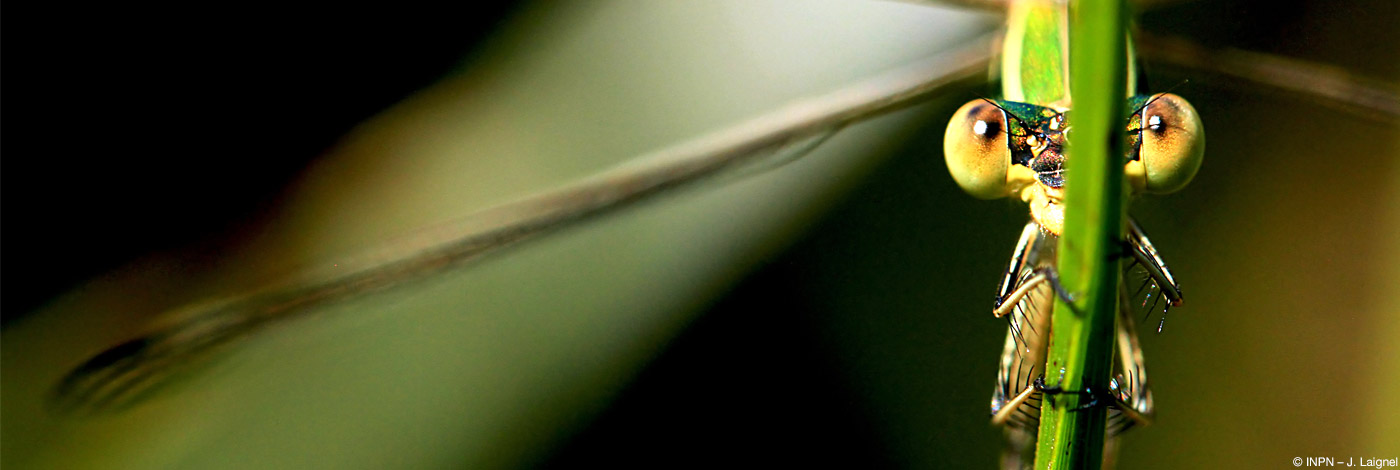
 Naturae
2018 (1) - Pages 1-13
Naturae
2018 (1) - Pages 1-13Species distribution knowledge is a major issue for conservation, especially in times drive by global changes. However, common assumptions and non-standardized distribution of sample or data set often result in distorted representation because they do not take into account species detection probability. The natural range of the Ocellated lizard Timon lepidus (Daudin, 1802) (Lacertidae) seems well described in the literature and is known to occur very sporadically in habitats above 600-700 m elevation. However, both historic regional data retrieval (Silene-PACA regional database) and recent data collected in higher elevated sites of the south-eastern French Alps (Hautes-Alpes, Alpes-de-Haute-Provence and Alpes-Maritimes) drive to different conclusion. Before 2005 (included), 37.5% of the opportunistic observations were made above 750 m (11.1% above 1000 m). After 2005, 35.2% of the observations were made above 750 m (10.6% above 1000 m). Moreover, field trips focused on the Lizard detection (targeted visits) made in mountain habitats (≥ 750 m and ≥ 1000 m) since 2009 showed that 63.6% from 750 to 999 m and 62.5% from 1000 m of potential sites were occupied. This emphasizes the importance to investigate mountain habitats and include collected data into guidance documents. Finally, studying the occurrence of the Ocellated lizard in mountain habitats also need to take into account specific local threats like reforestation.
Lacertidae, distribution range, mountain ranges, sampling methods, forest recolonization, conservation strategy.